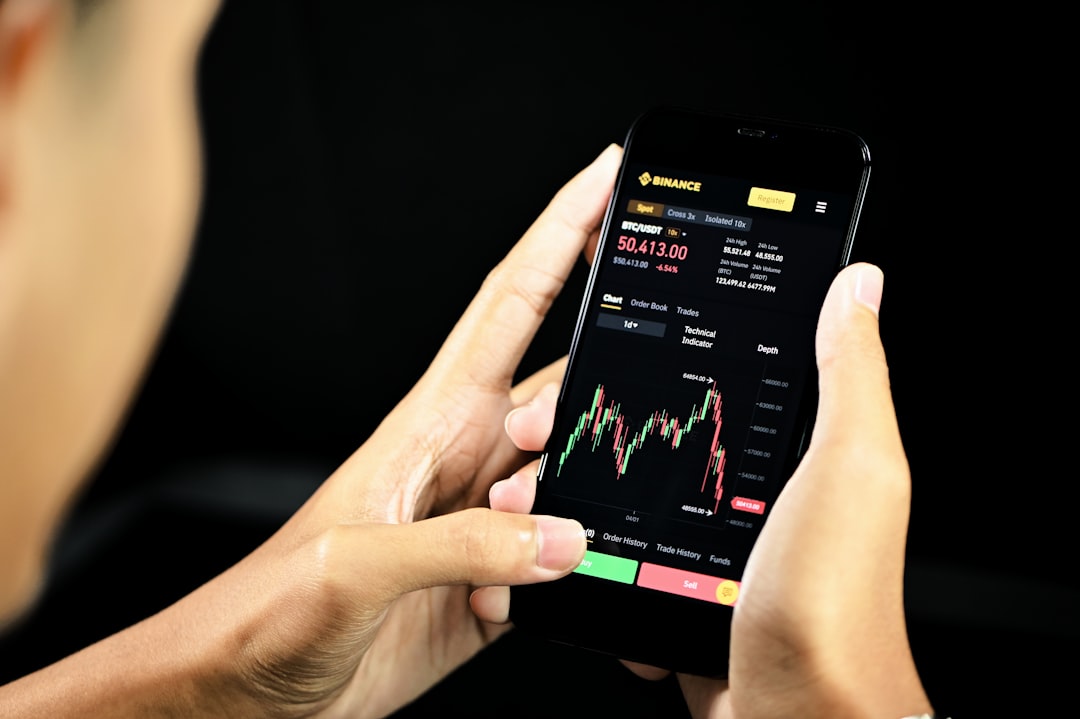Food delivery has become a daily convenience for millions of people, offering a way to enjoy restaurant-quality meals at home with just a few taps on a smartphone. Among the most popular platforms is DoorDash, known for its vast network of partner restaurants and speedy delivery services. But as the platform grows in popularity, so does criticism—most notably over the rising delivery fees. If you’ve ever wondered why that burrito bowl cost $10 more for delivery than in-store, you’re not alone.
Table of Contents
TLDR: Why Are DoorDash Delivery Fees So High?
Many users feel DoorDash delivery fees have become inflated, and there’s some truth to that impression. These high costs are the result of numerous factors including operational expenses, restaurant agreements, and tip expectations. While DoorDash offers convenience, the price to customers includes far more than just the cost of food. Recognizing what’s behind these charges can help you decide if the service is worth the premium.
Breaking Down the Cost Structure
At first glance, it may appear that delivery apps simply mark up prices at will. However, the reality is more nuanced. When you place an order on DoorDash, you’re not only paying for the food but also several additional components.
- Menu Price Markups: Many restaurants charge higher prices for their items on DoorDash than they do in-store, often by 10–30%.
- Delivery Fee: This is the charge DoorDash applies for delivering the order. It can vary based on distance, time, and market demand.
- Service Fee: Typically a percentage of the order subtotal, this fee covers operational costs like app maintenance and customer support.
- Optional Tip: While not mandatory, tipping is strongly encouraged, and some users feel social pressure to tip generously.
All these charges add up quickly, often making a $15 meal cost over $30 when it reaches your door.
The Economics Behind DoorDash
To understand the high fees, it’s necessary to appreciate the economic complexities of running a food delivery platform. DoorDash has to juggle customer expectations, driver compensation, and restaurant partnerships—all while pursuing profitability.
1. Labor and Driver Pay
At the heart of the DoorDash model are the drivers, or “Dashers.” They are not employees but independent contractors. This distinction gives them flexibility, but also means DoorDash doesn’t have to provide benefits—yet the company still needs to make driving financially attractive.
To do this, DoorDash factors in driver base pay (determined by distance, time, and desirability of the order), promotional bonuses, and tips. Because customer tipping behavior can be unpredictable, DoorDash often increases fees during periods of low driver availability to attract more Dashers to the platform.

2. Restaurant Commission Fees
Another reason fees are high is because restaurants are charged a hefty commission—often 15% to 30%—for every DoorDash order. To offset these charges, restaurants frequently increase their menu prices on the app.
These increased costs ultimately make their way to the customer, compounding what’s already a premium-service cost model.
3. Business Sustainability
For years, companies like DoorDash operated at a loss to gain market share. As investors start to demand profitability over growth, DoorDash has had to adjust its pricing models. This shift often means higher fees for end users as the company tries to strike a balance between profitability and usability.
Pricing Transparency – Or Lack Thereof
One major complaint from users is the unpredictable pricing model. Fees are not always apparent until the final checkout screen, which leads many to feel misled.
For instance, a free delivery promotion might still accompany a sizable service fee that essentially negates the benefit. Variability based on time of day, order volume, or even recent promotions can also contribute to confusion and sticker shock.
Example: A $20 restaurant meal could include the following once placed through DoorDash:
- Menu markup: +$5
- Delivery fee: +$2.99
- Service fee (11%): +$2.75
- Tip (optional but socially encouraged, 15%): +$4.50
- Total: $35.24 for a $20 meal
The Convenience Premium
At its core, DoorDash is selling convenience. The ability to get your favorite local cuisine delivered to your doorstep without changing out of pajamas is appealing—but it isn’t free.
When comparing going out or picking up the order yourself versus using DoorDash, you’re paying for:
- Your time saved
- Transportation costs avoided
- The luxury of staying home
For many, this trade-off is worth it, especially during bad weather, illness, or busy periods. But for regular use, these small convenience charges can become significant over time.

Alternatives and Cost-Saving Strategies
If the rising fees are giving you pause, there are ways to reduce your spending without abandoning the convenience altogether. Here are a few practical tactics:
1. Subscribe to DashPass
DashPass is DoorDash’s monthly subscription service that offers free delivery and reduced service fees on eligible orders. At around $9.99/month, it can pay for itself with just a couple of orders if you’re a frequent user.
2. Pick Up Instead
DoorDash allows customers to place an order and opt for pickup instead of delivery. This option still provides the ease of online ordering while eliminating delivery and reduced service fees.
3. Check Restaurant Prices In-Store
Many restaurants publish their menus online. Comparing pricing between in-house and delivery-app listings can help you decide whether it’s more economical to dine in or pick up.
4. Use Hidden Rewards and Promotions
DoorDash frequently offers incentives like referral bonuses, loyalty programs, and special promotions. Staying alert for these offers can significantly reduce your overall spend.
The Future of Delivery Costs
While the current trend appears to lean toward higher delivery costs, industry experts suggest that as competition increases and technology evolves, there could be a shift toward better pricing models.
Things like automated delivery drones, electric vehicle fleets, and AI-enabled route optimization could all eventually reduce the costs associated with delivery logistics. However, such advancements are still years away from mainstream implementation.
Conclusion
DoorDash has undeniably revolutionized the way many people access food, but this convenience comes at a price—sometimes a steep one. From driver compensation and restaurant commissions to platform upkeep and marketing, every element adds to the final amount you’re charged.
Understanding why fees are high enables smarter decision-making. For some, the value remains in the time saved and the luxury provided. For others, the added expense is a deal-breaker. Either way, awareness is your first step in deciding whether a DoorDash order is worth the cost—or whether it’s time to grab the keys and pick up the food yourself.



